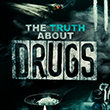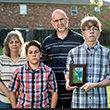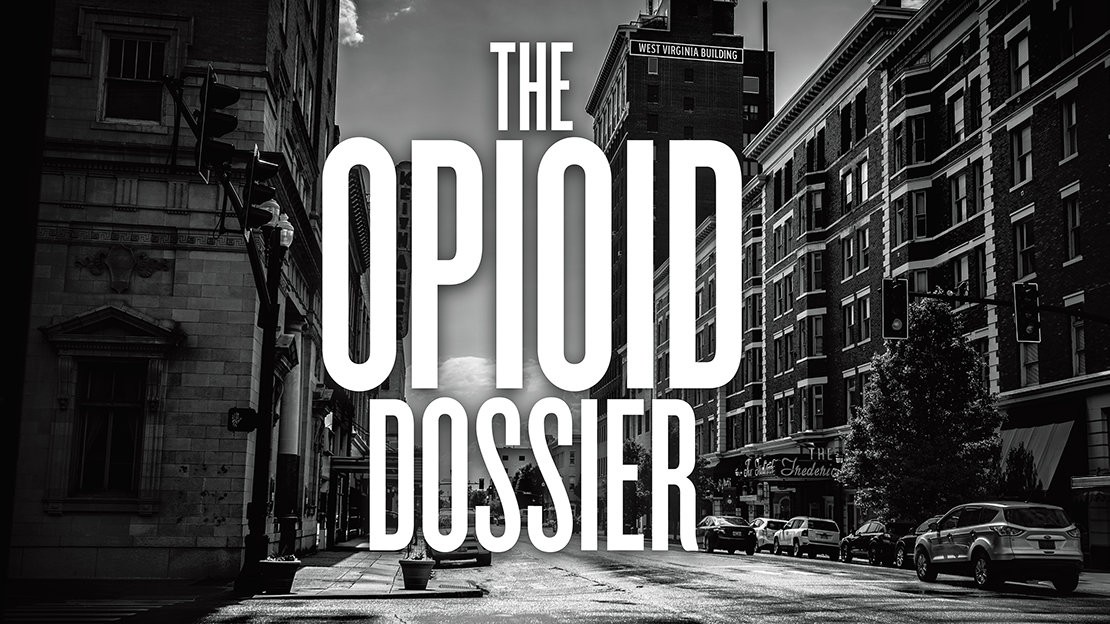“The Opioid Dossier” chronicles a yearlong investigation by Associate Editor Michael Brennan into a deadly drug epidemic—spawned by America’s pharmaceutical industry. His in-depth report follows.
The opioid epidemic, fueled by deceptive marketing of addictive pain pills from Big Pharma, then capitalized on by profit-hungry, irresponsible wholesale distributors and illegal drug dealers, has evolved into a heroin crisis that is now part of the worst drug catastrophe in U.S. history.
Centers for Disease Control and Prevention (CDC) estimates for 2017 show nearly 200 people die every day—some 72,000 a year—from drug overdoses in the U.S. That’s more than the number of U.S. troops who died in the entire Vietnam War.
It is primarily opioids. But it’s no longer just about the pain pills.
It’s about what they have led to. It’s about heroin, fentanyl, carfentanyl and other synthetic substances added to heroin in haphazard combinations.
In 2016, according to a recent report in the Journal of the American Medical Association, there were more deaths involving synthetic opioid overdoses than prescription opioids—the first time that’s happened. And heroin overdoses were right behind the pills. In some cases, it was a combination.
Students, executives, housewives, doctors, rock stars, men, women, young, old and of all ethnicities—have fallen.
In most cases, these are not “junkies” looking to get high—at neither the beginning, nor at the end of their descent into drug dependence. Instead, they are addicts—so many found the gateway to addiction at the pharmacist’s window with opioids their doctor prescribed. And later, they need a fix when the pills run out, and now, seemingly every day, they need another to fight off the agonies of withdrawal.
Many become willing to put anything in their bodies if they think they can stave off the pain for one more day—even knowing it could kill them quicker than the time it takes to make a cellphone call.
Politicians, from local legislators to the president, acknowledge the impact of this crisis and vow to solve the problem, with committees, with penalties, with unspecified funding—and with more drugs.
But the death toll continues to rise.
The story behind the headlines that you will read here is not the heartbreaking growing number of deaths.
It is a story of the disruption of natural order.
It is parents burying their adult children.
It is young adolescents finding their middle-age parents dead.
It is a grandmother and a grandfather struggling in retirement to raise their grandchildren.
It is survivors finding each other, struggling, coping and grieving, out loud and online.
It is broken communities, vanished futures and the cultural phenomenon of losing an entire generation.
An epidemic that no one seems to know how to stop.






































